Garden & terrace Outdoor stoves
()Sort by
-

Tristar KA-5286 Heater
32.99 €
-
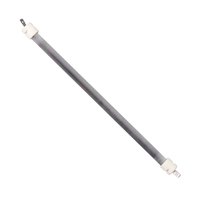
Edm Halogen 24 cm Resistance
3.99 €
-
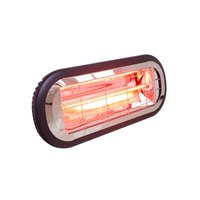
Kekai Slim 2000W Wall And Parasol Carbon Fiber Patio Heater
97.99 €
-
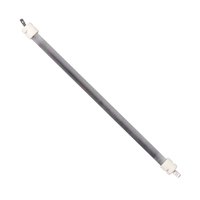
Edm Quartz 07117 24.5 cm Resistance
3.99 €
-
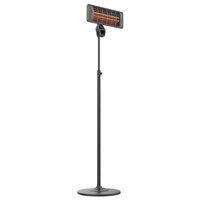
Cecotec Outdoors Stand Heaters Readywarm 8200 Power Quartz Smart
81.90 €
-

Esschert Design Laser Cut Fire Pit 57.5x57.5x66 cm
330.99 €
-

Cecotec Readywarm 8800 Outdoor Microclimate Outdoor Heater
229 €
-

Teamson Home PT-FG0002 4Kg Lava Rocks Gas Fire Pit
44.99 €
-

Teamson Home HF31701AA Small Square Propane Gas Fire Pit
499.99 €
-

Teamson Home HF11802AA Large Round Propane Gas Fire Pit
599.99 €
-

Teamson Home PT-FG0005 4Kg Lava Rocks Gas Fire Pit
44.99 €
-

Teamson Home HF30900BA Tall Round Propane Gas Fire Pit
329.99 €
-

Teamson Home HR17501AC Small Round Fire Pit
159.99 €
-

Teamson Home VNF-00115GM Hestia 48´´ Remote Control Electric Fireplace
699.99 €
-

Teamson Home VNF-00115WG Hestia 48´´ Remote Control Electric Fireplace
699.99 €
-

Teamson Home PT-FG0003 4Kg Lava Rocks Gas Fire Pit
44.99 €
-

Teamson Home HF36501AA Round Propane Gas Fire Pit
699.99 €
-

Teamson Home HF11501AA Square Propane Gas Fire Pit Low
749.99 €
-

Teamson Home HF30200AA Gas Fire Pit
287.99 €
-

Kekai Slim 2000W Wall And Parasol Carbon Fiber Patio Heater
71.49 €
-

Vidaxl Rustic Fire Pit Iron Φ 40 cm
63.99 €
-

Teamson Home HR30701AA Fire Pit
189.99 €
-

Teamson Home HF29308AA Tall Propane Gas Fire Pit
599.99 €
-

Teamson Home PT-FG0006 4Kg Lava Rocks Gas Fire Pit
44.99 €
-

Teamson Home Hestia 48´´ Remote Control Electric Fireplace
699.99 €
-

Teamson Home PT-FG0004 4Kg Lava Rocks Gas Fire Pit
54.99 €
-

Teamson Home HF28201AA Large Square Propane Gas Fire Pit
229.99 €
-

Teamson Home HF25601BA Square Propane Gas Fire Pit
599.99 €
-

Teamson Home HF42408AA XL Round Propane Gas Fire Pit
849.99 €
-

Redfire Tulsa Fire Pit
50.99 €
-

Cecotec Outdoors Wall Heaters Readywarm 8600 Power Gold
89.90 €
-

Cecotec Outdoors Stand Heater Readywarm 8100 Power Quartz
56.90 €
-

Edm 7091 2000W Quartz Heater
70.99 €
-
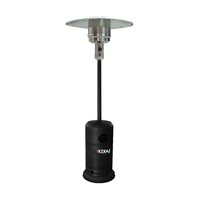
Kekai Niklas Metal 13000W Gas Outdoor Heater
171.99 €
-
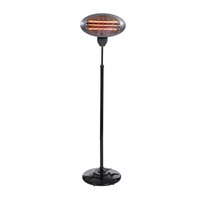
Kekai Terrace 2000W Outside Quartz Heater
55.49 €
-

Haverland PH 21 Outside Heater
225.99 €
-
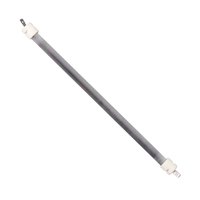
Edm Quartz 07136 26 cm Resistance
3.99 €
-
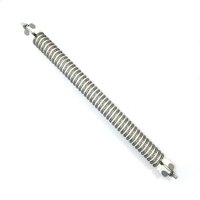
Edm Quartz 07166 Resistance
4.99 €
-

Edm 7090 2000W Quartz Heater
37.99 €
-

Edm 07092 / 07093 Resistance
14.99 €
-
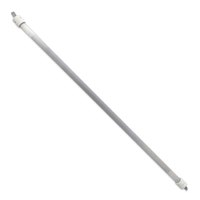
Edm Carbono 07140 43 cm Resistance
3.99 €
-

Edm Quartz 07109 Conex Faston 24.8 cm Resistance
3.99 €
-

Edm Outside Quartz Heater 2100W
112.49 €
-
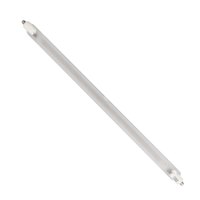
Edm Halogen 07136 27 cm Resistance
3.99 €
-
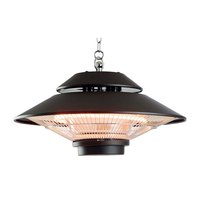
Kekai Design 1500W Ceiling Halogen Heater
94.99 €
-
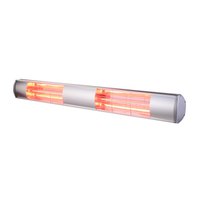
Kekai Golden Tube 3000W Wall Halogen Heater
68.99 €
-

Kekai Niklas Metal 13000W Gas Outdoor Heater
176.49 €
-

Kekai Niklas Metal 13000W Gas Outdoor Heater
162.49 €
-

Kekai Akita Totem 40x40x140 cm Fire Pit
72.99 €
-

Kekai Basil 52x52x227 cm 13Kw Gas Outdoor Heater
278.49 €
-
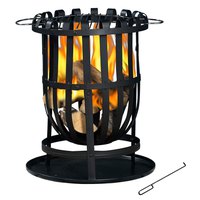
Kekai Dana 40x56 cm Fire Pit
50.99 €
-

Kekai Fox 2-in-1 81x35 cm Fire Pit
117.99 €
-

Orbegozo PHE 75 NEGRA Gas Outdoor Heater
351.99 €
-

Orbegozo PHF 45 2000W Outside Quartz Heater
73.99 €
-

Orbegozo PHF 55 2000W Outside Quartz Heater
101.99 €
-
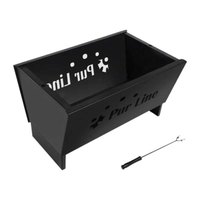
Purline EFP52 Fire Pit
214.49 €
-
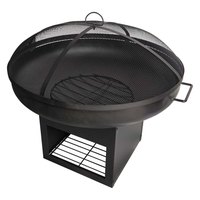
Purline EFP63 Fire Pit
245.99 €
-

Purline Heaty EX2000 Halogen Patio Heater
99.99 €
-

Cecotec Outdoor Heater Readywarm 8900
322.99 €
-

Teamson Home HR30180AA Fire Pit
349.99 €
-

Teamson Home HR17501AB Small Fire Pit
149.99 €
-

Teamson Home HF48708AA XL Square Propane Gas Fire Pit
799.99 €
-

Teamson Home HR26303AA-S Round Fire Pit
239.99 €
-

Teamson Home PT-FW0002 Large Fire Pit
174.99 €
-
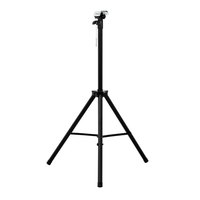
Kekai Adjustable Tripode For Patio Heater
25.99 €
-
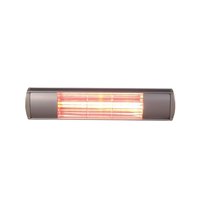
Kekai Golden Tube 1500W Wall Halogen Heater
45.99 €
-
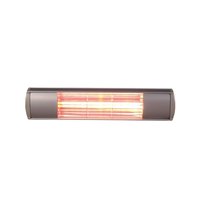
Kekai Golden Tube 2000W Wall Halogen Heater
50.99 €
-

Kekai Standard Design 1500W Ceiling Halogen Heater
58.99 €
-
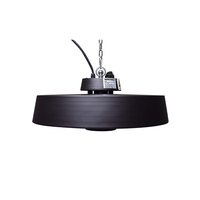
Kekai Top Design 2000W Ceiling Halogen Heater
103.49 €
-

Tristar KA-5273 1500W Heater
60.99 €
-

Orbegozo PHF 26 2000W Outside Quartz Heater
41.99 €
-
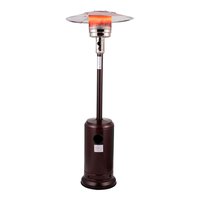
Fulmo 7158 Gas Outdoor Heater
267.49 €
-

Aktive Round Outdoor Brazier
47.99 €
-

Aktive Round Outdoor Brazier
40.99 €
-
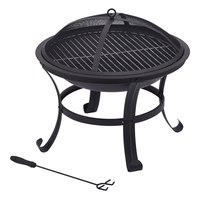
Kekai Fogo 2-in-1 56x47 cm Fire Pit
58.99 €
-
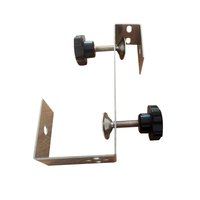
Kekai Wall Mount For Patio Heater
16.99 €
-
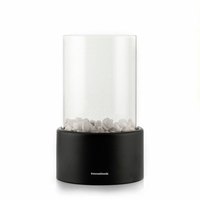
Innovagoods Heatfir Bioethanol Table Fireplace
32.99 €
-

Purline EFP53 Fire Pit
244.49 €
-

Purline EFP54 Fire Pit
306.49 €
-
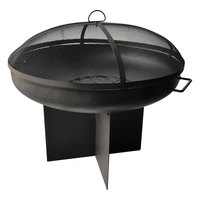
Purline EFP62 Fire Pit
223.49 €
-

Purline EFP65 Fire Pit
208.49 €
-

Purline Heaty EX Wall Halogen Patio Heater 18000W
203.99 €
-

Purline Heaty EX3000 Wall Halogen Heater
120.99 €
-
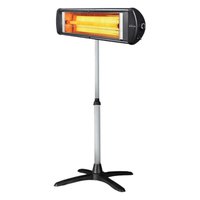
Purline Heaty EXC 25 Halogen Patio Heater 2500W
146.99 €
-

Teamson Home HF35708AA Concrete Propane Gas Fire Pit
899.99 €
-

Teamson Home CU296 76 cm Large Round Fire Pit
159.99 €
-

Teamson Home HF34501BA Square Propane Gas Fire Pit
649.99 €
-

Teamson Home FP35 89 cm Large Round Fire Pit
249.99 €
-

Teamson Home CU297 67 cm Round Fire Pit
109.99 €
-

Teamson Home PT-FG0001 4Kg Lava Rocks Gas Fire Pit
44.99 €
-

Teamson Home PT-FG0009 3Kg Lava Rocks Gas Fire Pit
39.99 €
How to choose the right patio heater?
Gas outdoor heaterA gas outdoor heater is just like an electric heater, giving out heat through radiation. It easily keeps you warm in cold weather. Brilliant heat from the gas flame heats people, without warming the air. This is the best form of heating outdoors. Movable outdoor gas heaters, also called patio heaters, are a famous manner to make outdoor dining feasible during the cold months. These heaters are becoming increasingly prevalent among homeowners.
Fire pit
A fire pit, also called a fire hole, is an intricate gas burning system of rock, brick, and metal. The descriptive attribute of fire pits is that they are developed to possess fire and avert it from extending. Some current fire pits have a blaze bowl that can be put on the floor or legs. A fire pit can provide you instant heat, make a comfy ambiance and even create an easy barbecue, creating it a favored addition to any outdoor entertaining area. You can buy these fire pits from these brands: Edm, Orbegozo, Kekai, Tristar, and Bastilipo.
Tips to choose the right patio heater:
Selecting the right patio heater can significantly enhance your outdoor comfort during cooler months. Here are some tips to help you choose the right patio heater:
Heating capacity: Calculate the approximate heating area you need based on the size of your patio or outdoor space. Ensure the heater you choose can adequately heat that area.
Fuel type: Patio heaters are available in various fuel types, including propane, natural gas, electric, or wood burning. Each has its own advantages and considerations:
Propane: Propane heaters offer portability and convenience as they can be easily moved around. They require propane tanks for fuel, which need to be refilled or replaced periodically.
Natural gas: Natural gas heaters require a natural gas line connection and are usually stationary. They provide a continuous fuel supply, eliminating the need for refills. However, they may require professional installation.
Electric: Electric patio heaters are easy to use and require a power source. They are typically more suitable for smaller outdoor spaces or areas with access to electrical outlets.
Wood burning: Wood burning patio heaters provide a traditional and cozy ambiance. They require wood logs or pellets for fuel, but keep in mind that they require more effort for maintenance and cleaning.
Safety features: Ensure the patio heater has essential safety features, such as a tip over switch, a safety shut off valve, or a flame failure device. These features help prevent accidents and ensure safe operation.
Design and placement: Consider the design and aesthetics of the patio heater, as it will be a visible addition to your outdoor space. Choose a style that complements your patio or garden decor. Additionally, check the placement options available for the heater, such as freestanding, tabletop, or wall mounted, and select the one that suits your space and needs.
Ease of use: Look for a patio heater that is user friendly and easy to operate. Consider features such as ignition systems, adjustable heat settings, and controls that are intuitive and straightforward.
Durability and weather resistance: Outdoor heaters should be able to withstand various weather conditions. Look for models made from durable materials such as stainless steel or weather resistant coatings that can handle exposure to rain, wind, and UV rays.

























